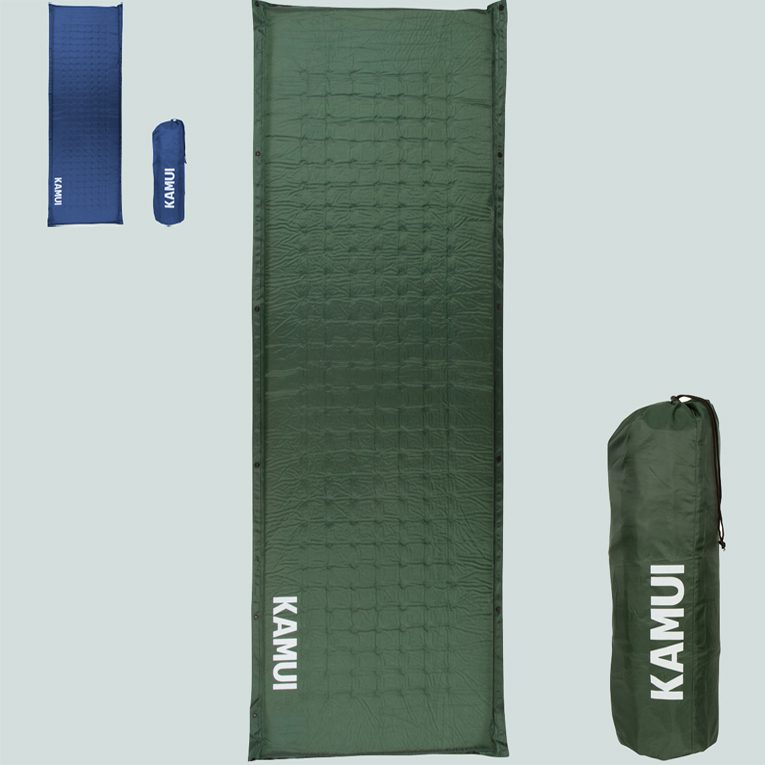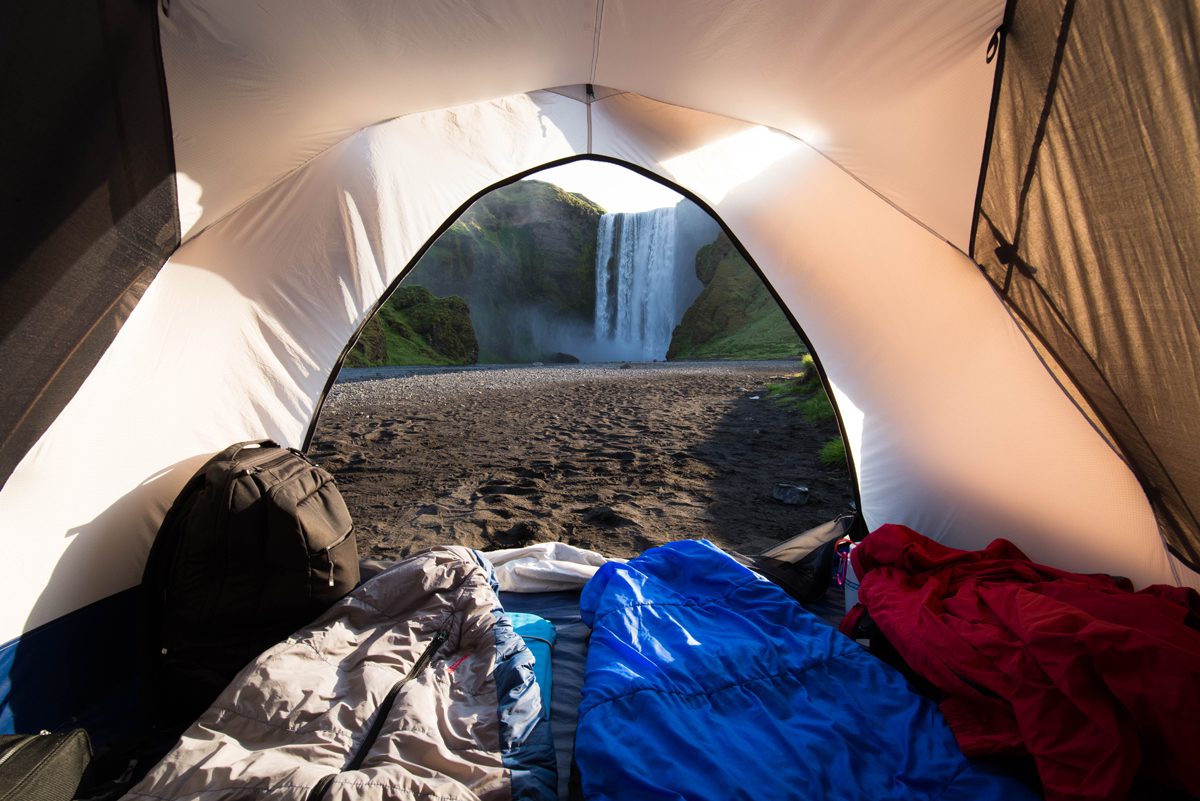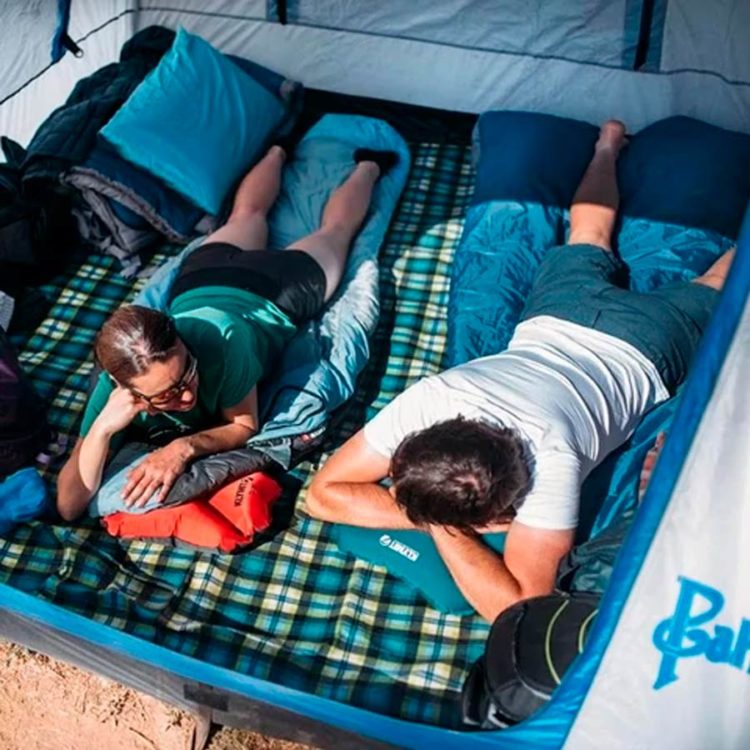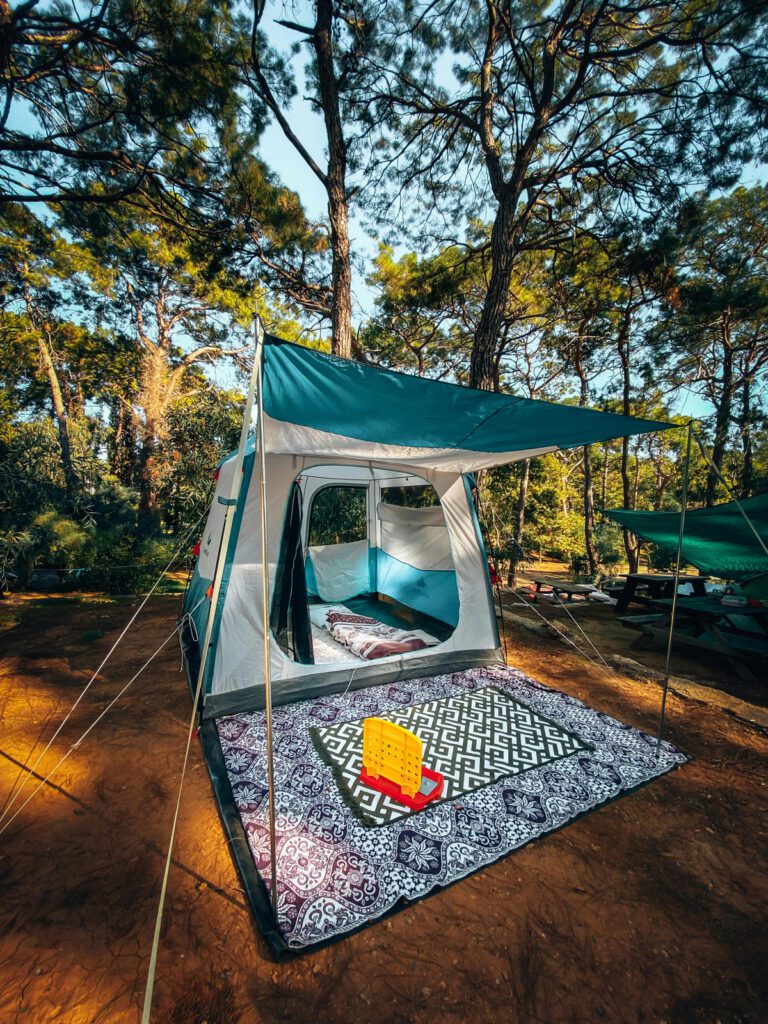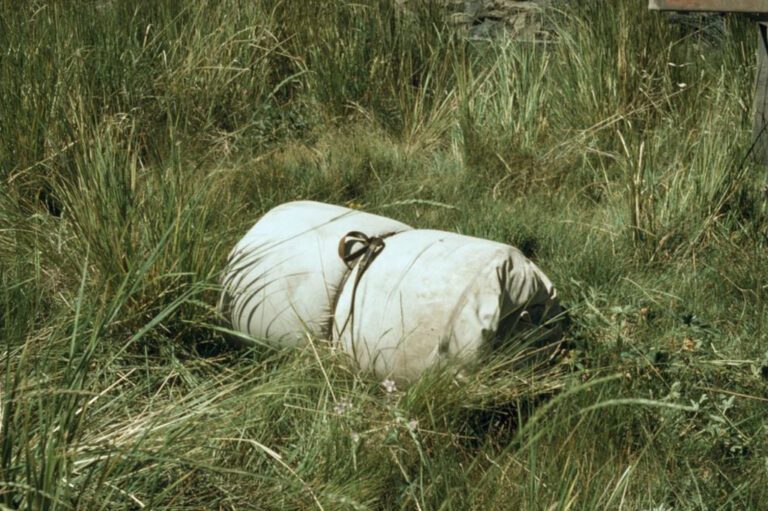Phone
+1-650-666-095
Contact E-mail
[email protected]
Address
16192 Coastal Hwy, Lewes, DE 19958-3608
Insulated vs Uninsulated Sleeping Pad: How to Choose the Right Sleeping Pad for You


One essential item that can greatly enhance your sleeping comfort is a sleeping pad. Sleeping pads provide cushioning, insulation, and support, creating a barrier between you and the ground. One important decision you’ll need to make when selecting a sleeping pad is to go for an insulated vs, uninsulated option. Each type has its own advantages and considerations, so it’s essential to understand the differences and determine which one best suits your needs.
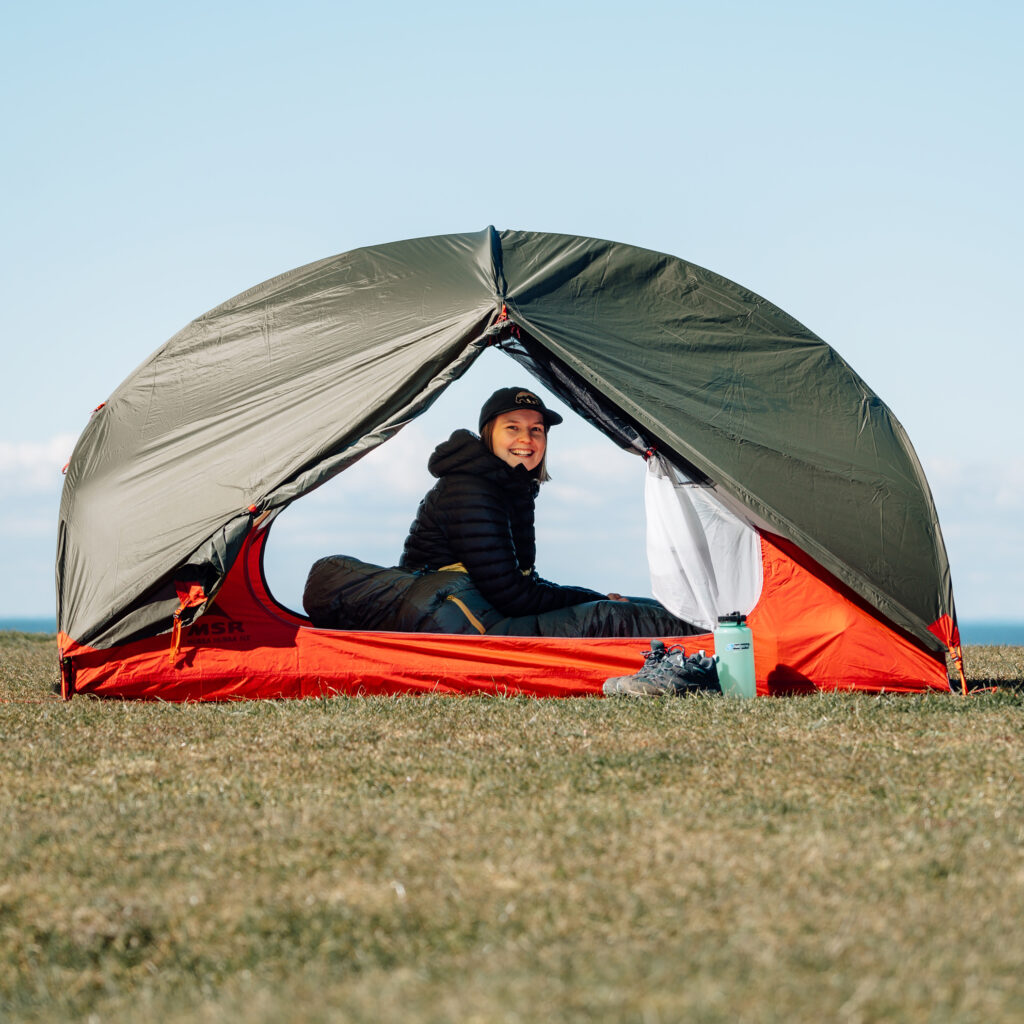

Insulated vs Uninsulated Sleeping Pad: 4 Differences
1. Weight
When it comes to weight, uninsulated sleeping pads tend to be lighter than insulated pads. This is because they lack the additional insulation layer, which reduces the overall weight of the pad. An uninsulated pad may be better if you prioritize a lightweight backpacking setup.


2. Price
In terms of price, uninsulated sleeping pads are generally more affordable than insulated pads. The absence of insulation materials and technology makes them less expensive to manufacture. If you’re on a tight budget or don’t require extensive insulation, an uninsulated pad can be cost-effective.
3. Packed size
Uninsulated sleeping pads often have a smaller packed size compared to insulated pads. The absence of insulation allows them to compress more easily, making them more compact and easier to pack. This can be advantageous if you have limited space in your backpack or need to prioritize packing efficiency.


4. Insulation
The primary difference between insulated and uninsulated sleeping pads lies in their insulation properties. It’s worth noting that the level of insulation provided by an insulated pad can vary depending on the R-value rating. Higher R-value pads offer better insulation and are more suitable for colder environments.
How do insulated sleeping pads work?
Insulated sleeping pads are designed with a layer of insulation material, such as foam or synthetic fibers, to provide thermal insulation. This insulation helps to prevent heat transfer between your body and the cold ground, keeping you warmer during chilly nights. Insulated sleeping pads are particularly beneficial for camping in colder climates or during colder seasons.
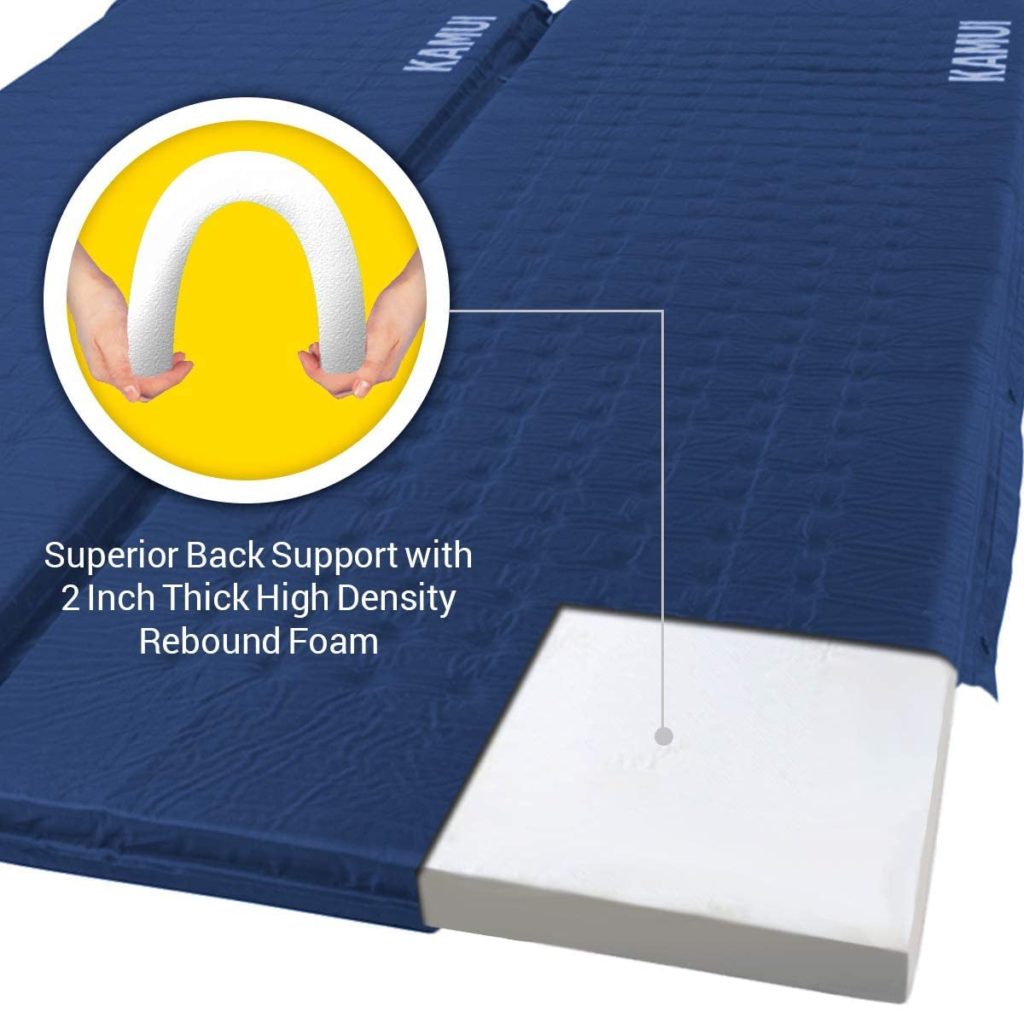

The insulation in these pads often comes with an R-value rating, which indicates their thermal resistance. Higher R-value ratings generally mean better insulation properties. If you frequently camp in colder conditions or higher elevations, opting for a sleeping pad with a higher R-value can help you stay warm and comfortable throughout the night.
Uninsulated sleeping pads, on the other hand, also known as foam pads or closed-cell pads, lack the additional insulation layer found in their insulated counterparts. These pads are typically made from dense foam materials and offer excellent durability, lightweight design, and affordability. They are highly puncture-resistant and can provide a firm and stable sleeping surface.
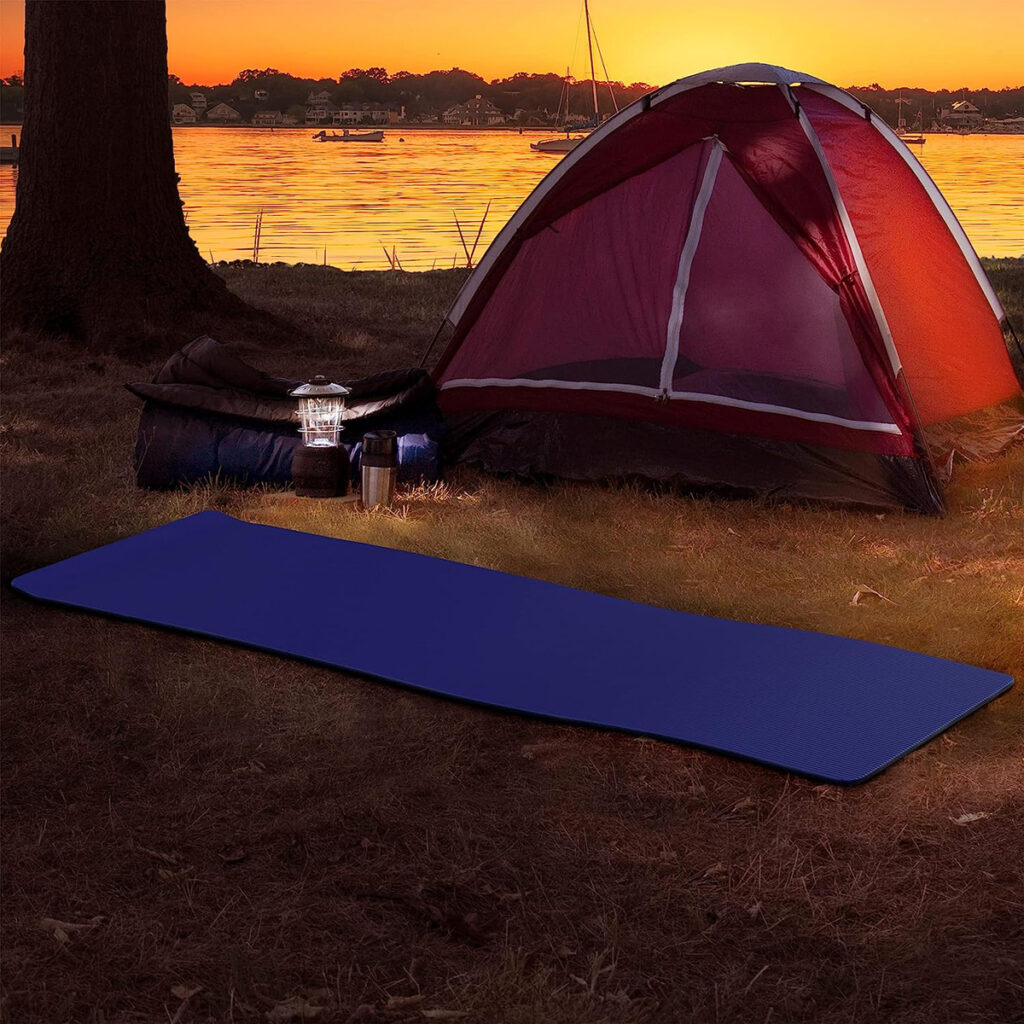

While uninsulated sleeping pads do not provide the same level of insulation as their insulated counterparts, they still offer some insulation from the ground’s cold temperature. They are suitable for warmer climates or summer camping trips when the primary concern is cushioning and comfort rather than thermal protection.
Insulated vs Uninsulated: How to Choose the Right Sleeping Pad for You
Ultimately, choosing between an insulated and uninsulated sleeping pad depends on your camping needs, preferences, and the expected temperature conditions. Consider weight, price, packed size, and insulation requirements to select the sleeping pad that best suits your camping style and climate.


Temperature
Consider the typical temperature range of your camping destinations. If you frequently camp in colder conditions or during colder seasons, an insulated sleeping pad with a higher R-value is recommended to provide sufficient insulation and keep you warm. For warmer climates or summer camping, an uninsulated pad may be more suitable.
Season
Think about the specific seasons in which you will use the camping bed. Insulated pads are ideal for cold-weather camping, while uninsulated pads are more appropriate for warmer seasons. If you plan to camp year-round or in varying climates, consider investing in a versatile sleeping pad with moderate insulation.
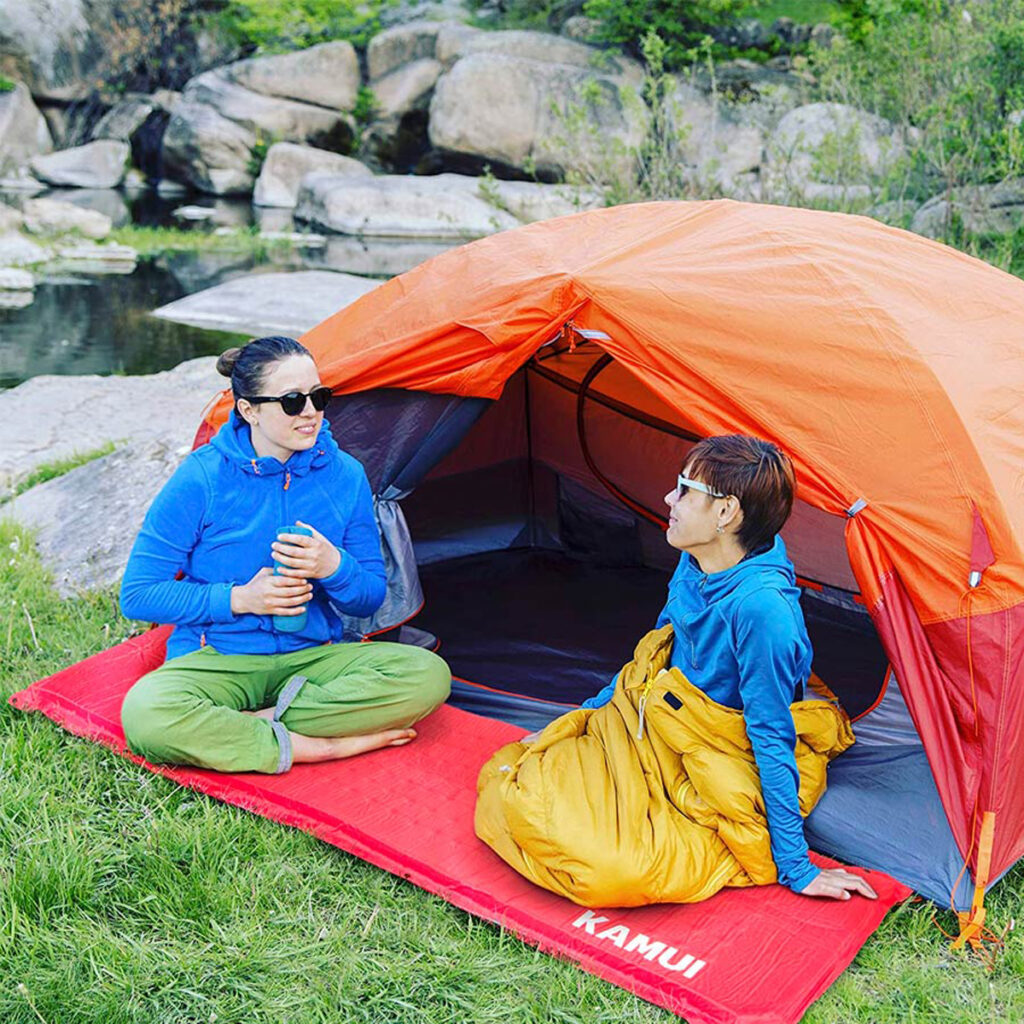

Weight
Evaluate the importance of weight in your camping gear setup. If you prioritize a lightweight backpacking experience or have weight restrictions, an uninsulated pad will generally be lighter due to the absence of extra insulation materials. However, if weight is not a significant concern, an insulated pad can provide added comfort and warmth.
Price
Set a budget and consider the cost of different sleeping pad options. Uninsulated sleeping pads are generally more affordable than insulated ones due to insufficient insulation materials. An uninsulated pad can be a cost-effective choice if budget is a significant factor or you don’t require extensive insulation.
Packed Size
Assess the space available in your backpack and the importance of packing efficiency. Uninsulated sleeping pads tend to have a smaller packed size as they can compress more easily without the additional insulation layer. If you have limited space or need to prioritize compactness, an uninsulated pad may be more suitable.


How do you insulate a non-insulated sleeping pad?
One can use methods like:
1. Adding a mylar blanket
Adding a mylar or emergency blanket underneath your sleeping pad can help reflect and retain your body heat, providing some insulation. Ensure that the shiny side of the blanket faces upward to maximize its reflective properties.


2. Adding a regular blanket
Placing a regular blanket or quilt between your sleeping pad and sleeping bag can offer additional insulation. The blanket acts as a barrier, preventing heat loss to the ground and providing an extra layer of protection.


3. Adding a tarp
Using a tarp underneath your sleeping pad can create a protective layer against cold ground temperatures. The tarp helps block moisture and cold air, improving insulation and keeping you warmer at night.
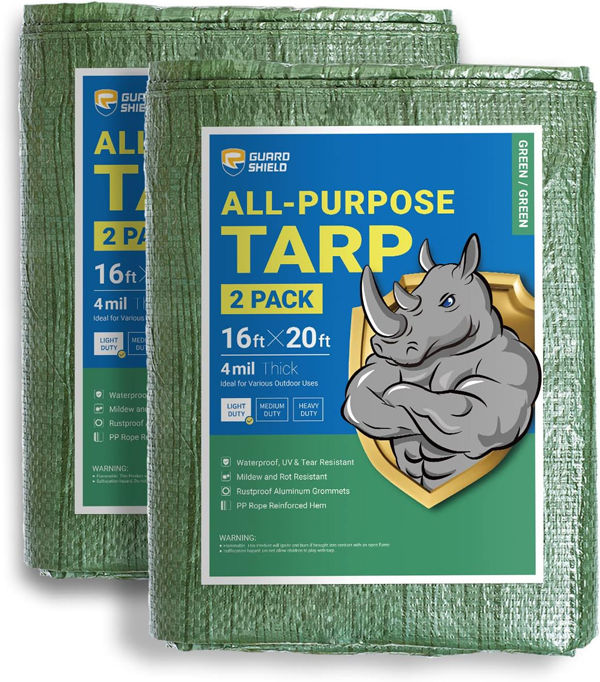

These methods can help enhance the insulation of a non-insulated sleeping pad, providing extra warmth and comfort. Experiment with combinations to find the best insulation setup for you and your camping conditions.
Do I need an insulated sleeping pad for summer?
No, an insulated sleeping pad is not typically necessary for summer camping. The warmer temperatures during summer make an uninsulated sleeping pad sufficient for comfort and support. Still, if you have only an insulated sleeping pad, you can bring it to summer camping. If you do so, plan accordingly and pack a lighter sleeping bag.


Conclusion
In conclusion, choosing between an insulated and uninsulated sleeping pad depends on various factors such as temperature, season, weight, price, and packed size.
Consider your specific camping needs, preferences, and expected temperature conditions to make the right choice. Whether you opt for insulation or not, both types of sleeping pads can offer a comfortable sleeping surface and contribute to a good night’s rest in the great outdoors.
KAMUI Self-Inflating Sleeping Pad
- Connectable with multiple sleeping pads
- 4-season sleeping pad
- Provides great back support
- Comes with a storage bag
